
The state of the art JavaScript Frameworks
Over the years, JavaScript is commonly used in the development of professional web pages, both on front-end and back-end. Also, it is a very powerful scripting language, widely used for controlling web page behavior.
As per the survey by Github for top languages over the year, Javascript is leading the race consecutively 8th year in a row.

A software framework is an abstraction in which software providing generic functionality can be selectively changed by additional user-written code. JavaScript framework is an application framework written in JavaScript where the programmers can manipulate the functions and use them for their convenience.
Frameworks are more adaptable for the designing of websites, and hence, most website developers prefer them. JavaScript frameworks are a type of tool that makes working with JavaScript easier and smoother. These frameworks also make it possible for the programmer to code the application as a device responsive. This responsiveness is yet another reason why the JavaScript frameworks are quite popular when it comes to the question of using a high-level machine language.
Leading The JavaScript Market
- jQuery and Bootstrap are the top JavaScript libraries, as per the report by W3techs.
- Another report by W3techs states that jQuery is used by 78.1% of all the websites, which is a JavaScript library market share of 95.6%.
- According to the survey by Statista, 40.14% of surveyed software developers reported to be using React.js, while 34.42% were using jQuery as of 2021.

Popular front-end JavaScript frameworks
#1. Angular
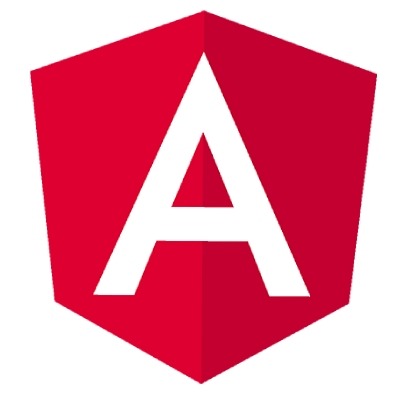
It is one of the most powerful and best Frwks.Here are the top features of Angular.
Key features
- Ability to offer high-performance, progressive web-pages
- Can work across multiple operating systems
- Offers an intuitive and advanced API
- Ability to get intelligent code completion
- Offers instant error detection and feedback options
Pros
- Perfect synchronization between model and view
- Changes are instantly displayed in the view
- Ability to separate data and view
Cons
- More complex F/M to learn
- It is important for the developer to learn MVC
- More heavy Frwk
#2. Vue JS

Vue JS is another popular JS Frwk that is very commonly used in developing cross-platform apps and websites. It also helps create powerful Single Page Applications (SPAs)
Key features
- Cost-effective virtual DOM view option
- Comes with a built-in component that helps with CSS transitions and animations
- Two-way data binding options
- Easy to understand and learn
Pros
- Simple to integrate
- Small in size
- Offers two-way communication
- Flexible Frwk
Cons
- Lack of essential plugins
- Not suitable for extensive scaling
- Has language barriers
- Too flexible for good
#3. Next JS
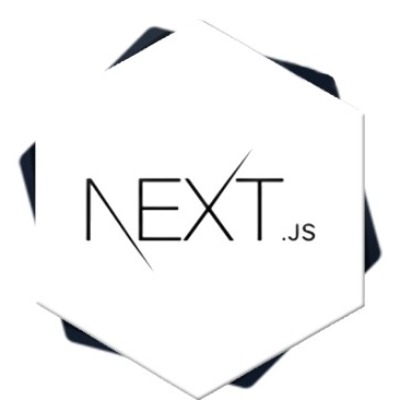
Next JS is another commonly used JavaScript framework for front-end that is built by Vercel. It allows developers to create both static and dynamic JAMStack websites and is used by multinationals around the world.
Key features
- Automatic routing
- Server rendering
- It reacts well with other ecosystems including React framework and Angular
- Automatically prefetches pages
Pros
- Adaptable and responsive JS
- Helps meet sales and traffic goals
- Offers unique user experience
- Has built-in CSS support
- Needs minimal or no initial configuration
Cons
- It becomes expensive to customize
- Minimal number of plugins only
- It takes time to create and maintain the FWK
4#. Ember JS
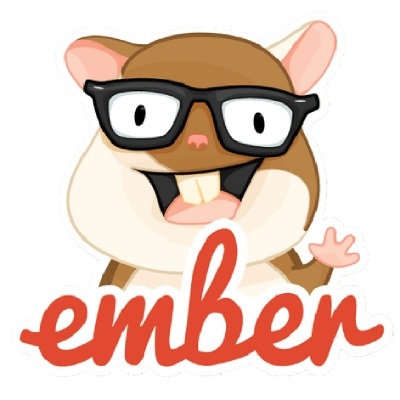
Ember JS is another open-source front-end Frwk that helps create scalable SPAs (Single Page Applications). Ember can be used to create Frwks for the web, mobile, and desktop versions.
Key features
- Can be easily used by large teams
- Comes with computed properties
- It has more than 1500 add-ons that only keep increasing with time
- Reusable and easy to maintain too
Pros
- Seamless URL support
- Offers client-rendering services
- Well-integrated data layer
- Minimizes DOM
Cons
- Slightly more complicated to learn
- Very opinionated
- Not very fast and efficient
5#. Svelte JS
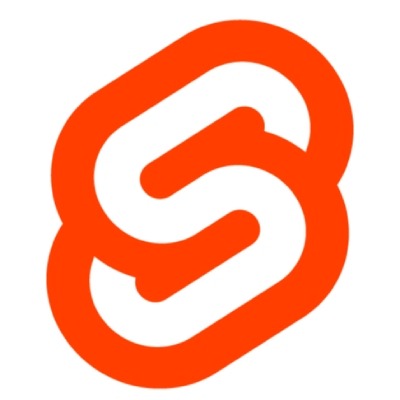
Svelte JS was released in 2016 and is a free front-end JS FMs. You can build components using Svelte JS in languages you are comfortable with (JavaScript, HTML, or CSS).
Key features
- No virtual DOM
- This converts codes into Vanilla JavaScript
- Very reactive
Pros
- Lightweight and easy to implement
- Lesser boilerplate
- Very easy to learn
- Comes with a built-in reactive store
Cons
- Not a very established F/M
- Constant need to learn and upgrade information
- Not many Svelte tools in the industry right now
- Smaller ecosystem
6#. Gatsby JS
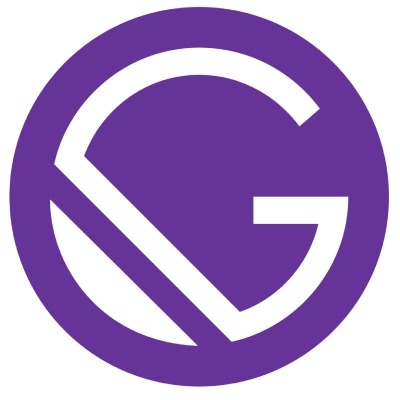
Gatsby JS is an open-source front end framework that is perfect to create dynamic and very precise websites that function seamlessly.
Key features
- Ability to combine data from multiple sources
- Ability to write in JavaScript or in SCSS or LESS
- Works seamlessly with different Content Delivery Networks (CDN)
Pros
- Easy and cost-effective scalability
- non-existent attack surface
- Very accessible
Cons
- The constant need to update content
- Can be expensive to implement and maintain
7#. Nuxt JS

Nuxt is a front-end FM that is built using Vue JS. Though new, a lot of websites and brands are proactively choosing this to build their website application.
Key features
- Offers exceptional SEO improvements
- Created using a powerful modular architecture. There are more than 50 modules to choose from
- Server side rendered
- Supports static website generation
Pros
- Ability to make customized social sharing windows for users
- Can create universal apps
- Automatic code splitting
Cons
- Most common plugins are not available
- Cannot effectively handle high traffic
- Does not work particularly well with other custom libraries
8#. Bootstrap

Bootstrap is a front-end CSS open-source FWK that helps create responsive templates and interface components.
Key features
- Includes CSS and HTML design templates
- Creates very responsive designs
- Offers a mobile-first approach
Pros
- Compatible with most browsers
- Offers additional user interface elements
- Helps create uniform elements across different browsers
Cons
- Creates lots of unwanted content in HTML output
- Includes a lot of plugins that are of no use
Popular back-end JavaScript frameworks
Our list on how to choose a JS Frwks continues with a focus on back-end.
9#. Node
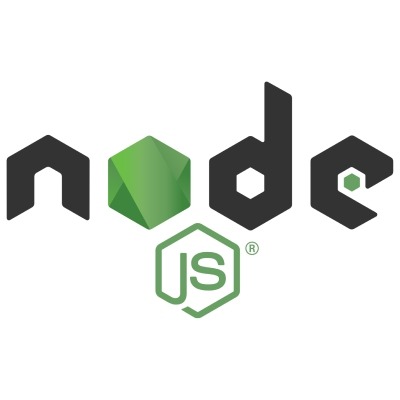
Node is a backend open source JavaScript framework that works outside the web browser. It was created in 2009 and helps develop web applications around one single programming language instead of having to depend on multiple languages.
Key features
- Very quick to integrate and use
- Ability to scale-up extensively
- Asynchronous and non-blocking thread execution
- Can handle large volumes of simultaneous connections
Pros
- Can be quickly implemented
- Very easy to learn
- A rich ecosystem with multiple free tools
- Improves developer productivity
- Improves conversion growth
Cons
- Difficulty in processing CPU-based tasks
- The constant need for call back affects the quality of the codes
10#. Spring boot

Spring boot is an open-source software created by Pivotal that is used for creating microservices. Microservices are architectures that allow developers to run different services independently.
Key features
- Easily scalable
- Does not need a lot of complex configurations
- Can be used with containers
Pros
- Helps improve productivity
- Brings down development time
- Helps start applications independently and with minimal deployment time
Cons
- Lack of control
- Very opinionated style
- Ineffective deployment may increase file size
11#. Express JS
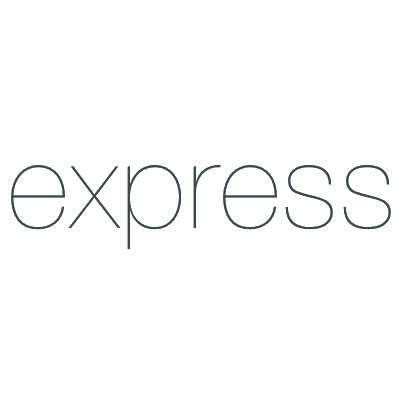
Express JS is an application framework that is used for Node JS. It is a ready-to-use solution for building web apps and pages very quickly.
Key features
- Supports JavaScriptOffers simple client routing requests
- Works as a middleware
Pros
- Helps reduce web app building time by half
- Can be used by even beginners
- Very easy to learn and implement
- Lightweight
Cons
- Cannot handle heavy computational tasks
- Has an unstable API
- Creates the need for multiple code changes
12#. Laravel

Laravel is a JavaScript Frwk for back-end. It is basically an open source PHP framework that you can use to make web applications load faster and look more professional.
Key features
- Comes with a modular packaging system that helps you add additional functionalities without having to create or write them from the beginning.
- Offers Object-relational mapping feature. This makes it easy to access and manipulate data
- Can perform automated testing
Pros
- Quicker deployment time. This means a web app can be sent out to the market quickly.
- Offers better authentication processes
- Have multiple safety layers
- Has a short learning curve and can be learned and implements in a matter of weeks
Cons
- Cannot be learned easily if you are not familiar with PHP
- Is a new F/M and will be updated/upgraded often
- Upgrades have the history of turning problematic in the past
13#. Micronaut

Micronaut is a JVM framework that is developed by the brand called OCI. On the outside, this may look similar to Spring. However, there are unique features added that make it different.
Key features
- Compile-time dependency injection mechanism
- Reactive programming support
- Supports different discovery tools
Pros
- Lightening-fast startup time
- Problem-free API visibility
- Lightweight
- Enhanced productivity
Cons
- Takes time to learn and implement
Practical application cases of JavaScript Framworks
Express.js is used by developers who want to write both their backend and frontend code in JavaScript. Organizations that use Express.js include:
- Netflix
- Trello
- Paypal
- Uber
Angular was developed by Google and is popular with cross-platform and mobile app developers.
Organizations using Angular include:
- Microsoft
- Upwork
Ionic Framework is popular with small developers who want to rapidly prototype and build their ideas. Companies using Ionic include:
- Electronic Arts
- NHS
- General Electric
- NBC
jQuery is popular with website developers – and is especially popular with WordPress developers. Some users of the framework include:
- Old school web designers
- People who have a basic web page and just want to add some interactivity
- Plugin developers
- WordPress developers
Meteor is popular with smaller development houses that want to build applications for themselves or clients rapidly. Organizations using Meteor include:
- WeKan
- Telescope
- Chaser Invoicing
- Favro
Conclusion
Every framework has its own advantages and disadvantages, there are other highly compatible frameworks other than these which can be used. Moreover, there is no specific javascript framework that will fit everything. However, you can select a framework based on the specifications of your project. You may also compare these JS frameworks with each other to better understand their functionality.